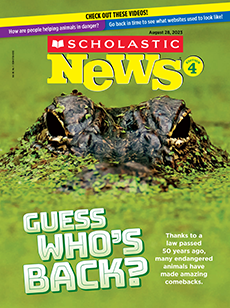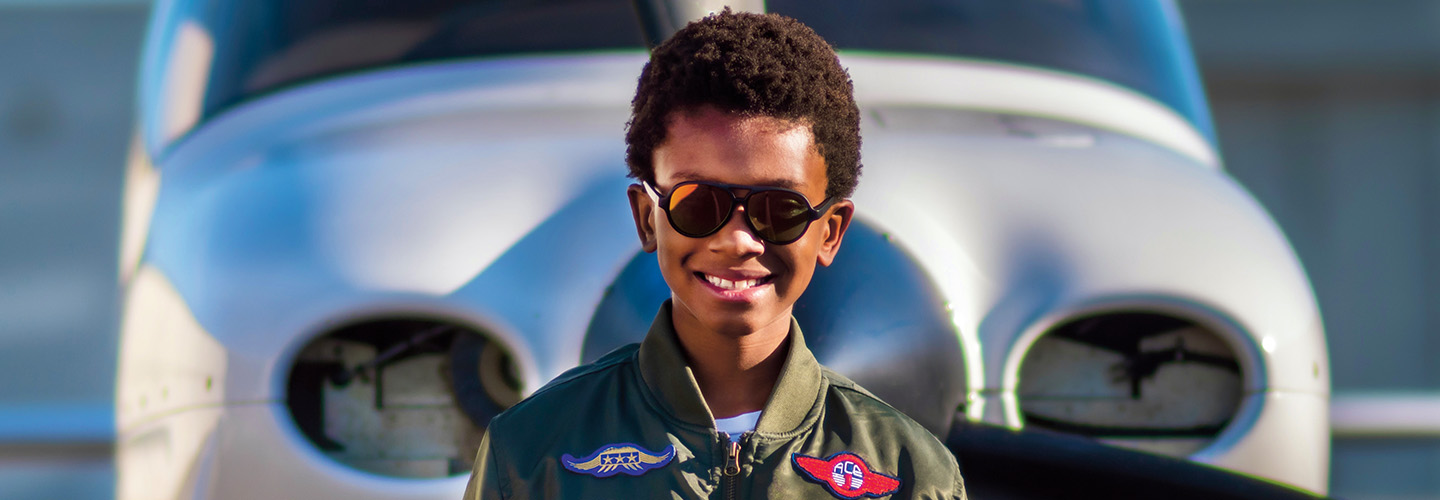December 7, 1941, started out like any other day in Pearl Harbor, Hawaii. But around 8 a.m., a swarm of Japanese aircraft appeared over the U.S. military base. Suddenly, the planes dropped bombs and torpedoes on the sailors below.
The base was thrown into chaos. Sailors scrambled to safety as battleships went up in flames. Thick smoke filled the air. More than 2,400 Americans were killed in the surprise attack. The next day, the U.S. declared war on Japan and entered World War II (1939-1945).
Today more than a million people visit the Pearl Harbor National Memorial every year. They honor those who died and learn about the attack.
Harrison Johnson from North Raleigh, North Carolina, made the trip in April 2022. It inspired him to raise money to help tell the stories of more of the heroes of Pearl Harbor.

